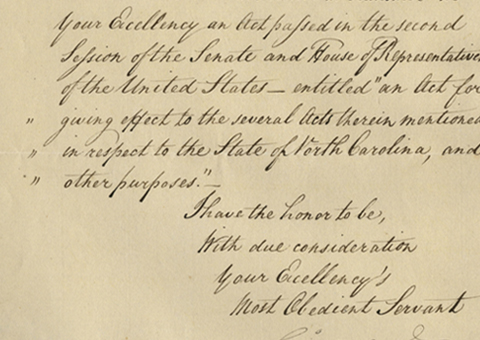Alexander Graham Bell Acts Quickly to Corner the Market For Telephones

Just three years after opening the 1st telephone exchange in the Unites States in 1877, he moves to the international scene.
The utility of the telephone was immediately obvious and its rise was a rapid one. However, it was the drive of its inventor, Alexander Graham Bell, that made its acceptance and installation happen so quickly.
Bell received a U.S. patent for the invention of the telephone on March 7, 1876....
The utility of the telephone was immediately obvious and its rise was a rapid one. However, it was the drive of its inventor, Alexander Graham Bell, that made its acceptance and installation happen so quickly.
Bell received a U.S. patent for the invention of the telephone on March 7, 1876. He soon displayed it at the Centennial Exhibition in Philadelphia. On June 25, 1876, at one end of the huge Machinery Hall, Bell demonstrated the invention by speaking into what looked to be an odd-shaped instrument attached to a wire. At the same time, a fair official at the far end of the hall heard the voice through a second instrument. This public demonstration was the first physical proof that the human voice could be carried through a wire. Attendees, including the Emperor of Brazil, marveled; Lord Kelvin saw it as “the most wonderful thing” he had seen in America. The Exhibition ended in November 1876. In 1877, Bell formed the American Bell Telephone Company, and that very year it opened the first telephone exchange (in New Haven, Connecticut) and laid the first long-distance telephone line. By the end of 1877, Mark Twain and President Rutherford Hayes became two of the first people to have a telephone. Bell installed a phone booth inside the White House just outside the Oval Office; there would not be a telephone on a President’s desk for decades. In 1879, the first telephone numbers were issued in Lowell, Massachusetts. Before that the operator had to memorize or look up people by their proper names to connect them. By 1880, Bell, through his parent company and its affiliates and subsidiaries, was expanding throughout the United States. This was an aggressive timetable that saw Bell start from scratch in Connecticut in 1877 and reach the Pacific coast in 1880.
But Bell was not satisfied with limiting his plans to the United States; he wasted no time whatever in going international. The Continental Telephone Company, an offshoot of Bell, received its charter in January 1880 and was assigned rights to the telephone patents internationally. Its first step would have to be to obtain national patents for the telephone in each target nation, for both the transmission of electronic sound waves (telephonics), as well as the equipment necessary (kindred contrivances) to give it practical use and commercial value. Such patents would enable Bell to sew up the market for the telephone in these countries.
Just months after receiving its charter, perhaps recalling the Brazilian Emperor’s excitement, Continental Telephone was already moving to make the telephone a reality in South America.
Document Signed, Washington, May 7, 1880, giving the American Consul in Valparaiso, Chile, Jose D. Husbands, power of attorney to apply for patents for “any inventions connected with Telephonics and kindred contrivances in Chile.” Accompanying this is three other documents: one is a signed statement by Philip Mauro, attesting that this was signed in his presence by Bell; the second is a document signed by D.K. Carter, Chief Justice of the Supreme Court of the District of Columbia, attesting that Mauro is a Notary Public in his jurisdiction; and the third is a document signed by Secretary of State William Evarts that Carter was in fact the Chief Justice of that court. There is paper loss to the lower portion of the State Dept. form affecting Evarts signature, and some paper loss and repairs to the statement of witness by Mauro. However, interestingly, on the back there is an original label of The Continental Telephone Company, H.S. Russell, President, which identifies that company as owner of Bell’s Patents and Inventions in Russia, Italy, Spain, Portugal, Central and South America, and The West Indies.
This document both shows Bell’s brilliant, original business plan in action, and actually documents the initial spread of the telephone within three years of its inception. It is the first formative document of the telephone that we have had or recall seeing, and a search of auction records over the past three decades discloses no other.

Frame, Display, Preserve
Each frame is custom constructed, using only proper museum archival materials. This includes:The finest frames, tailored to match the document you have chosen. These can period style, antiqued, gilded, wood, etc. Fabric mats, including silk and satin, as well as museum mat board with hand painted bevels. Attachment of the document to the matting to ensure its protection. This "hinging" is done according to archival standards. Protective "glass," or Tru Vue Optium Acrylic glazing, which is shatter resistant, 99% UV protective, and anti-reflective. You benefit from our decades of experience in designing and creating beautiful, compelling, and protective framed historical documents.
Learn more about our Framing Services








































































































